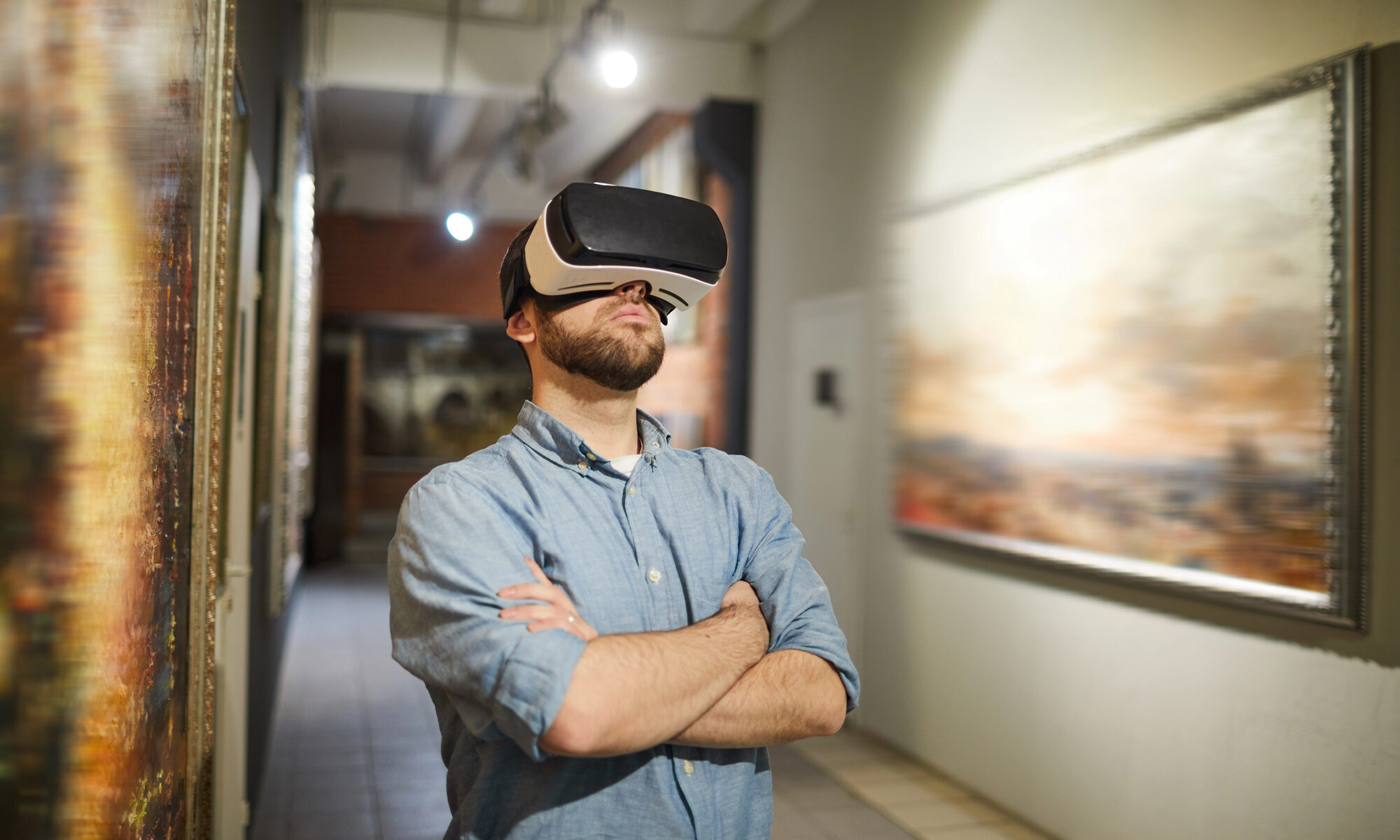In Canada this past week something happened that would not likely be very controversial in parts of the United States. A man named Jeremy David McDonald was at home in the morning when Michael Kyle Breen, who was already wanted for prior break-and-enter offenses, broke into McDonald’s house. McDonald defended himself with a knife, and Breen ended up with life-threatening injuries and had to be taken to hospital. In the U.S., we might be more surprised that Breen wasn’t shot, but McDonald would be protected in most states by stand-your-ground statutes. In Canada, however, McDonald was arrested and is facing charges of aggravated assault and assault with a weapon. The decision has prompted public outrage, fueled by increasing concerns about crime and the inability of the justice system to adequately respond. Legal experts, however, believe the public is getting things wrong. Is this simply a misunderstanding of the law or is there a larger issue here?
Before we proceed, there are two details worth noting. The first is that the public does not yet have all the details in this case. Second, one is legally entitled under Canadian law to defend themselves if they are attacked so long as the defense is “reasonable to the circumstances.” In other words, if someone pushes you, you can’t beat them with a tire iron and claim you acted in self-defense. Nevertheless, this is a case where McDonald’s house had been invaded by someone with a lengthy criminal record, and McDonald may have had reasonable concerns about his own safety and that of his family and his property. Ontario Premier Doug Ford, for example, claimed that the charges laid against McDonald demonstrate “something is broken in the system,” adding, “I know if someone breaks into my house or someone else’s, you’re going to fight for your life … This guy has a weapon … you’re going to use any force you can to protect your family.”
Much of the controversy stems from the difficulty in defining exactly what a “reasonable” response looks like in such situations. Self-defense laws are not usually that controversial in Canada, and few disagree with the abstract principle of self-defense being proportional to the threat. According to the police, it is unreasonable to continue to strike an attacker once they have been subdued. We don’t want people seeking vengeance or engaging in torture in the name of self-defense. Threat assessment is perhaps best left to professionals. Unfortunately, emergency services don’t always arrive when you need them. In 2024, a man in Ontario had an armed group break into his house and 911 put him on hold three times. In these minutes, anything could happen, and it might seem reasonable to arm oneself with a knife and to be prepared to use it in order to subdue an invader.
The ambiguities around mounting a “reasonable” defense can leave Canadians facing criminal charges. In 2010, Ian Thompson, a former firearms instructor, was charged with careless use of a firearm after firing warning shots into the air with a revolver in order to ward off arsonists attacking his home with Molotov cocktails. Some of the charges against Thompson were later dropped, and the then-Justice Minister expressed support for the idea of firing warning shots as a reasonable response. Meanwhile, the Liberal and NDP opposition, as well as as police associations, however, worried that this rhetoric would encourage vigilantism and produce more harm than good.
Ironically, over ten years later, the effect of this mindset may be the exact opposite. The risk-averse approach has produced a chilling effect on self-defense itself. The Canadian press is now reminding people that Canadians can, in fact, defend themselves if threatened, and warned of “misinformation” telling them otherwise.
Unfortunately, much of the legal establishment seems to be under the impression that it is the public’s responsibility to understand all of the nuances of what “reasonableness” entails. While laws do exist, much of the application is determined by a complex web of common law decisions. The result has been a standard that doesn’t seem so reasonable after all. This forces Canadians to measure their survival instincts against a post hoc legal fiction. Saying that it’s perfectly reasonable to cut someone who is attacking you in the heat of the moment, but that it is unreasonable to do so in an “aggravated” way is a rule that offers little practical guidance.
We may not know all the details in the McDonald case, but the conflicting responses from our political officials do suggest a larger problem. No one is advocating for mob justice, but the whole point of a “reasonable” standard is that it is action-guiding for average reasonable people. Laws in a democratic society are not static, but adapt to lived experience. They must be tested against the needs of real people if they are going to be a useful tool for coordinating social life. If there is widespread opposition to the way the law applies that standard, perhaps the problem is the isolation of law from the lived realities of average people, not people’s misunderstanding of legal nuance.










